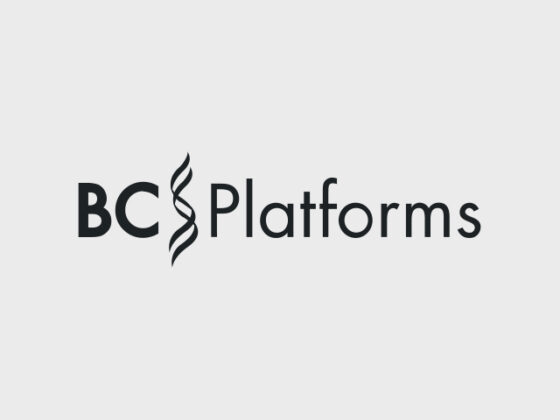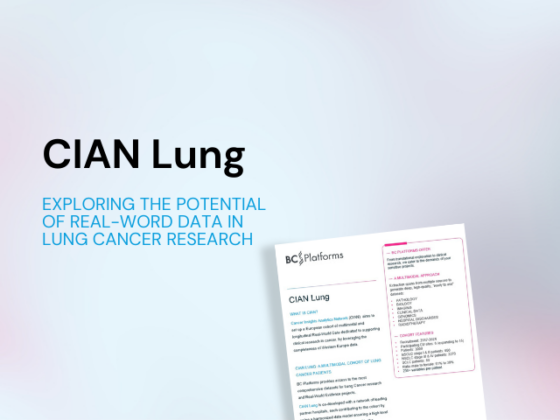This is an ASCO Meeting Abstract from the 2025 ASCO Annual Meeting, published in the Journal of Clinical Oncology, Volume 43, Number 16_suppl.: https://doi.org/10.1200/JCO.2025.43.16_suppl.e23314
Authors: Khedidja Hedna, Aurélie Swalduz, Sylvie Van Hulst, Solomon Kamal-Uddin, Olivier Humbert, Stefy Gboku, and Ingrid Portilla
Background
Lung cancer, particularly non-small cell lung cancer (NSCLC), remains a leading cause of cancer-related mortality worldwide. Conducting robust clinical research is often hindered by lengthy study timelines and fragmented data. The Cancer Imaging Analytics Network (CIAN) LUNG cohort is a unique French real-world data (RWD) initiative that integrates data from multiple centers to accelerate research. This cohort enables comprehensive longitudinal analyses, facilitating the generation of real-world evidence (RWE) reflective of routine clinical practice. CIAN LUNG includes multimodal data comprising clinical, imaging, and biomarker information. This allows descriptive analyses based on lung cancer subtypes, tumor characteristics, treatment pathways, and patient outcomes. With a multicentric methodology and long-term follow-up, the cohort aims to support predictive modeling, decision-making processes, and the validation of imaging biomarkers, ultimately contributing to precision oncology.
Methods
Patients diagnosed with SCLC or NSCLC since January 2015 are eligible, with inclusion criteria requiring pathologically confirmed diagnosis, at least one CT scan at baseline, treatment at participating centers, age ≥18 years, and informed consent. Exclusion criteria include lung cancers of non-epithelial origin such as lung sarcoma or lymphoma. The inclusion of patient data to the cohort adheres to ethical guidelines, including the European Convention on Human Rights and the General Data Protection Regulation. Data extraction from patient medical records to the CIAN cohort is conducted via a hybrid approach: 1- automated processes for structured data (e.g., chemotherapy, lab results); 2-manual processes for unstructured data, curated by experienced clinical research associates. Imaging data undergo de-identification through irreversible modification of DICOM metadata, to ensure compliance with privacy regulations. Upon patient inclusion, a minimum variable product data catalog is completed and updated for sub-projects.
Results
As of January 2025, approximately 1,250 patients have been enrolled across three active centers (two cancer centers and one hospital). The cohort is currently operational for: rapid screening and sub-cohort selection, data extraction across multiple sites for research purposes; serving as external control arms in clinical trials and supporting scientific publications and presentations.
Conclusions
The CIAN LUNG cohort provides a robust and comprehensive RWD resource for lung cancer research. Its unique multicentric, multimodal, and longitudinal approach enhances research efficiency, offering valuable insights into tumor characteristics, treatment pathways, and patient outcomes.


